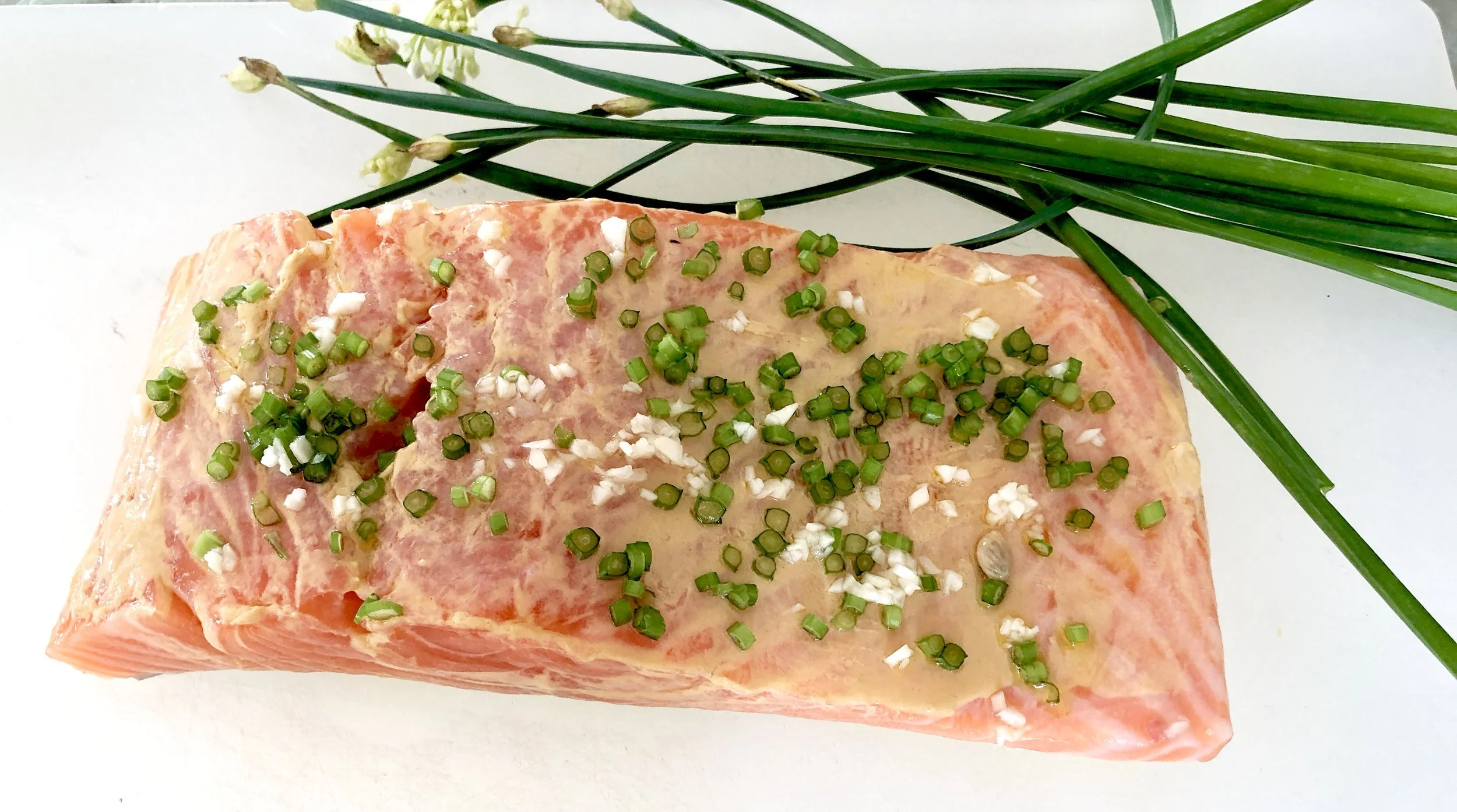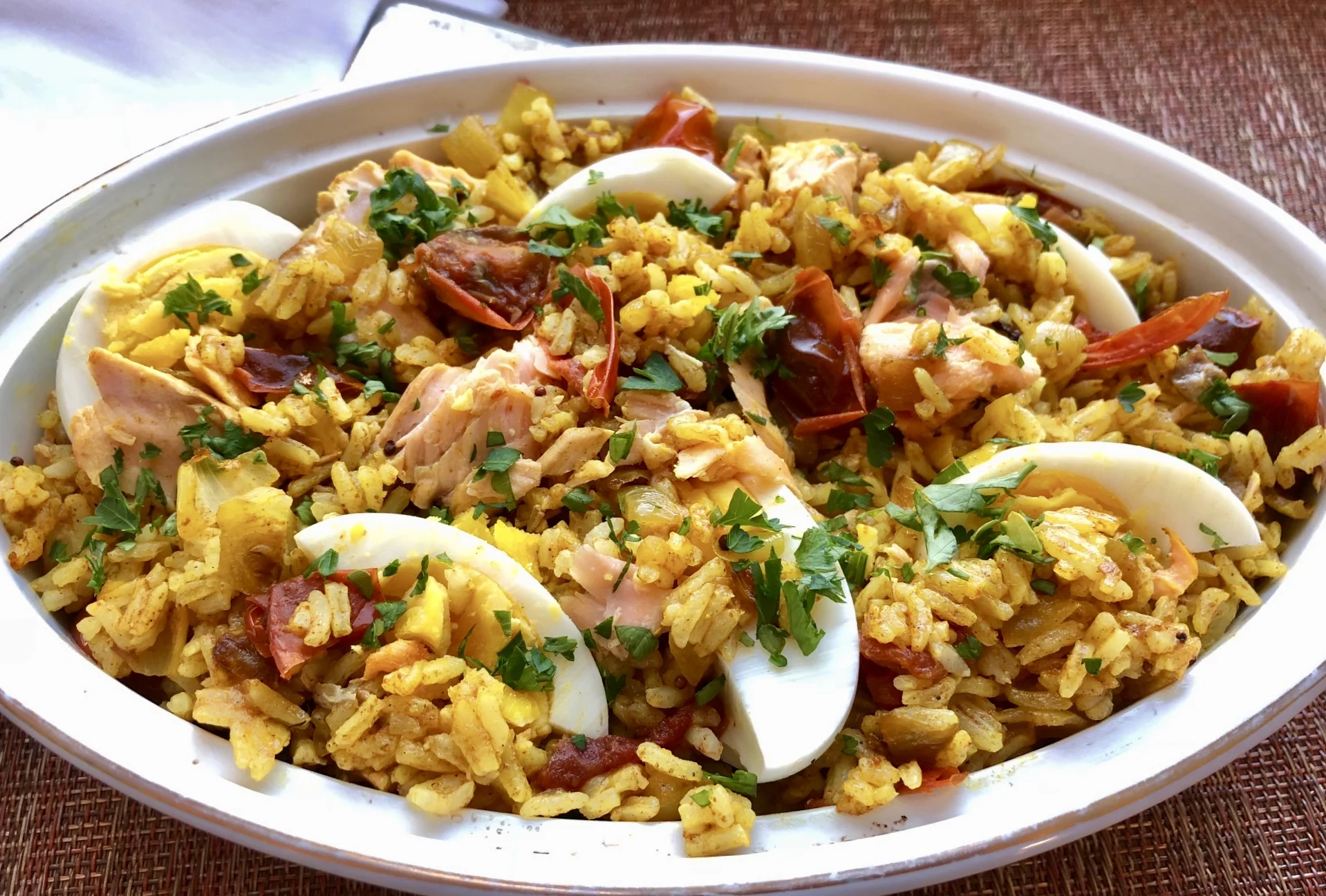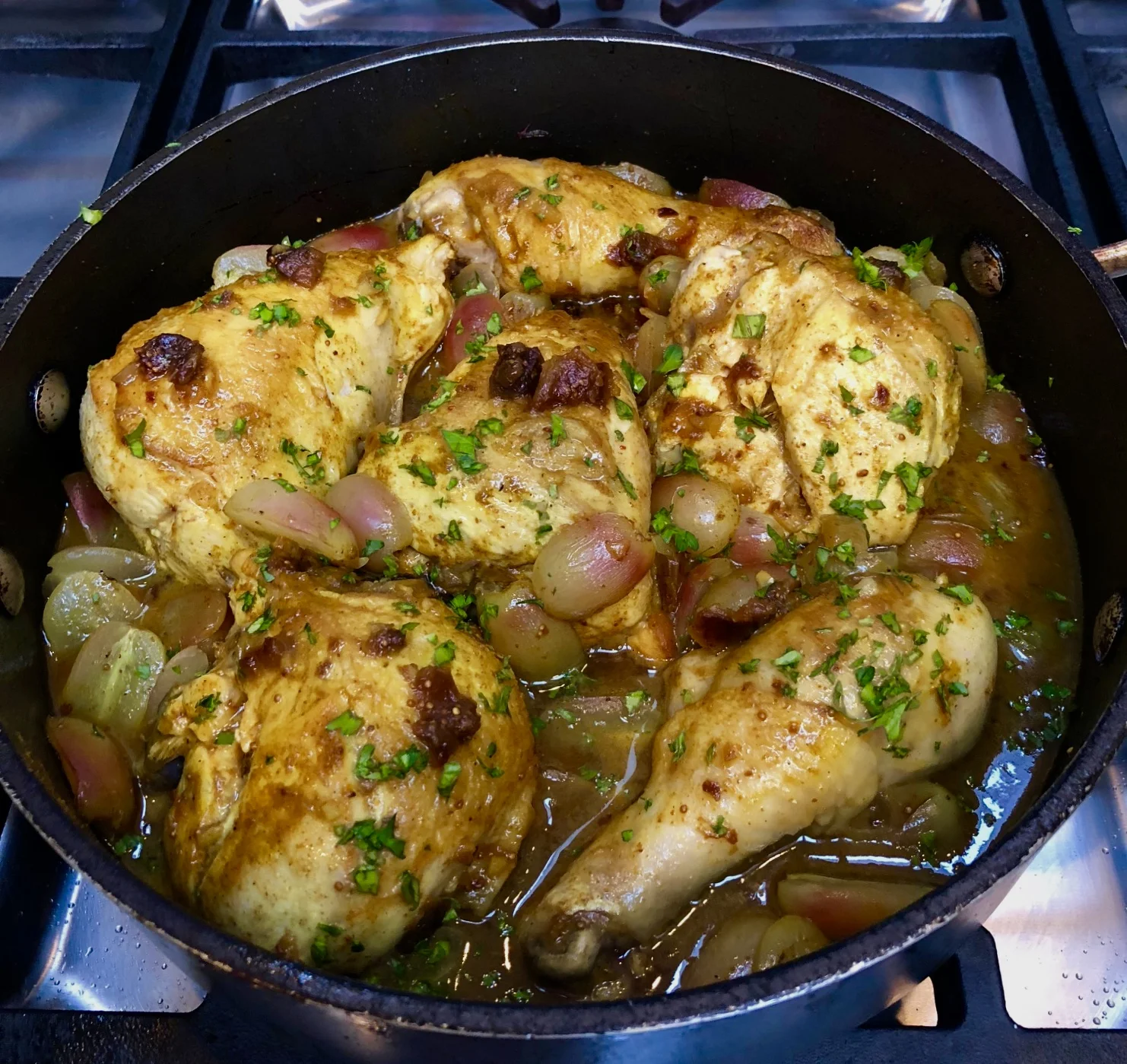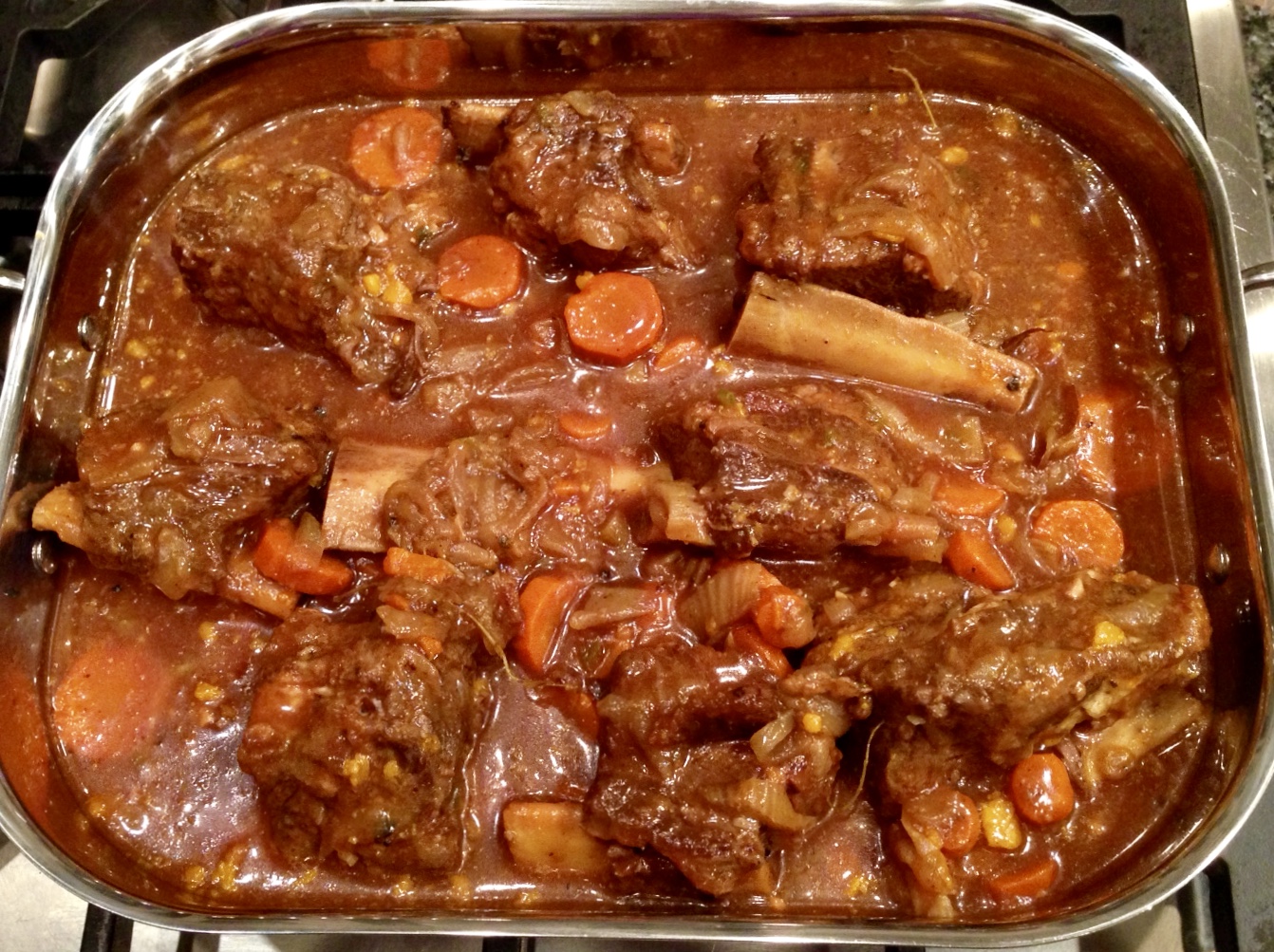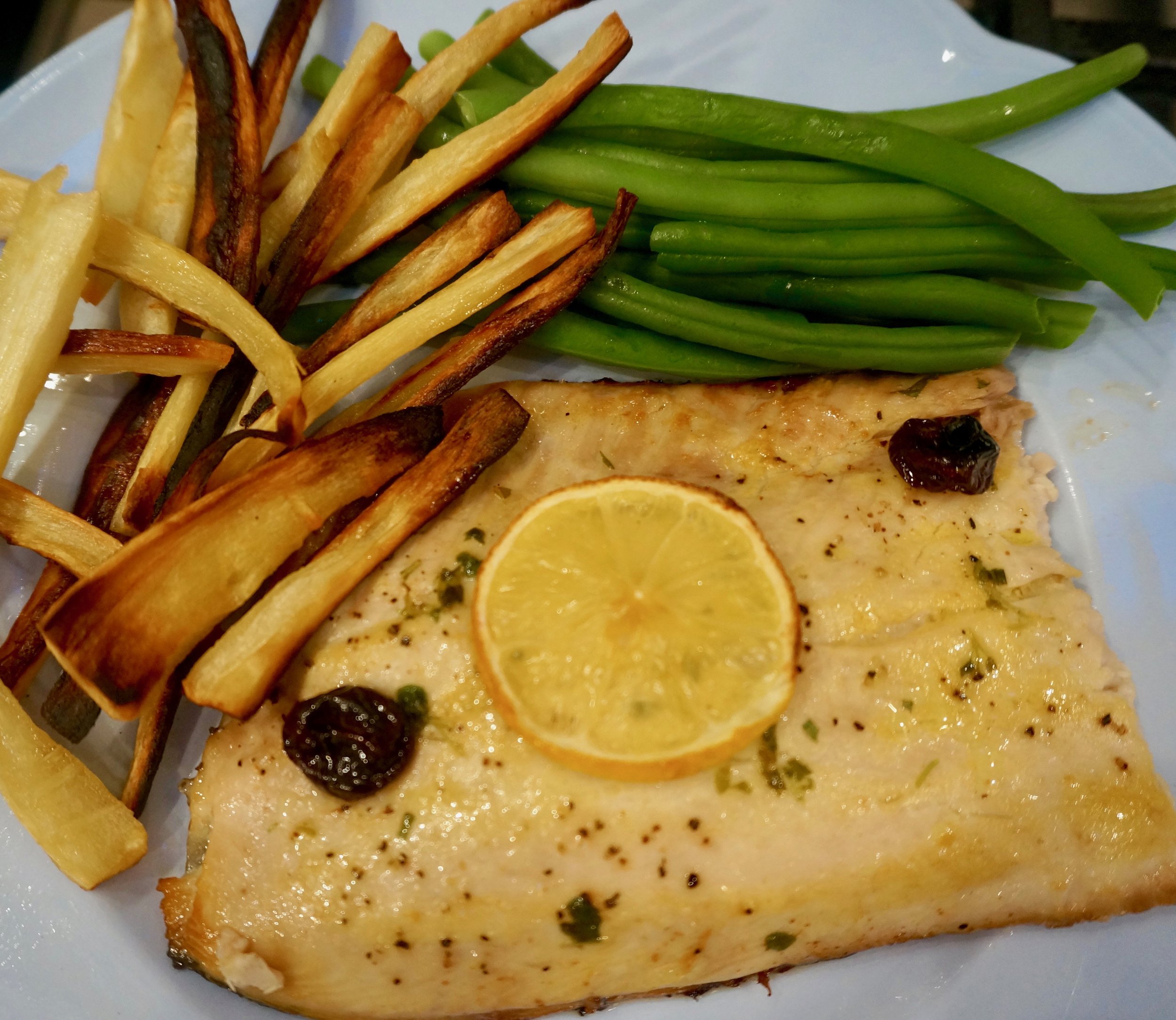All of my grandchildren think that I make the absolute most wonderful, bestest, most delicious mac and cheese. And they expect at least one mac and cheese dinner when they come for a visit.
No worries. I always have one in my freezer, just in case there is ever a surprise knock on my door from one of them.
Of course I thought my grandma made the best mac and cheese too. Hers came out of a box and the cheese part were some granules that came in a separate foil package. She was supposed to mix the granules with milk and butter I think, but she never did. She just opened the package and sprinkled it on top of the cooked elbows.
That's the way all of us grandchildren thought mac and cheese was supposed to taste. And of course, grandma made it best.
It's the way I made it for my kids. Because that was the best.
Somewhere along the way I tasted actual homemade macaroni and cheese. It was a revelation. It was wonderful. Which is NOT to say that grandma's wasn't good. It was just a whole different dish. I still think of it with fond memories. My daughters think of it with fond memories. And, btw, they also made the packaged kind and sprinkled the dry cheesy granules on top for their children. And their children love that too and probably will have fond memories of that dish.
But when they come to visit me, it's the other kind they expect and love. The from-scratch kind.
They're also pretty clear about how they like it too: moist but not overly sauced, with a combo of American and cheddar cheeses and a crispy top. No added things like tomato or cooked vegetables. No crust -- just maybe some extra grated cheese.
This is the one:
Grandma Macaroni and Cheese
1 pound small pasta such as elbows
3 tablespoons butter
4 tablespoons all-purpose flour*
3 cups milk (preferably whole milk)
14-16 ounces mixed American and cheddar cheeses plus extra for garnish, shredded
salt to taste
Cook the pasta according to package directions, rinse under cold water, drain and set aside. In a saucepan, melt the butter over medium heat. When the butter has melted and looks foamy, turn the heat to low-medium, add the flour and cook, stirring with a whisk, for 2-3 minutes, but do not let the mixture become brown. Gradually add the milk, stirring with a whisk to keep the sauce smooth. Cook for 4-5 minutes or until the sauce has thickened slightly. Add most of the cheeses, leaving some to top the dish as garnish. Add some salt and continue to whisk the sauce until all the cheese has melted. Add the pasta and mix to coat all the pieces. Eat as is, sprinkled with extra cheese, OR place in a preheated 350 degree oven for about 15 minutes to crisp the top.
Makes 6-8 servings
*sometimes, if the sauce seems to be too thin, I use an additional tablespoon of flour

